Reserve Bank has kept official cash rate on hold at 4.35 per cent
Mortgage holders have been given a reprieve after the Reserve Bank kept interest rates on hold at 4.35 per cent, but should not expect a cut anytime soon.
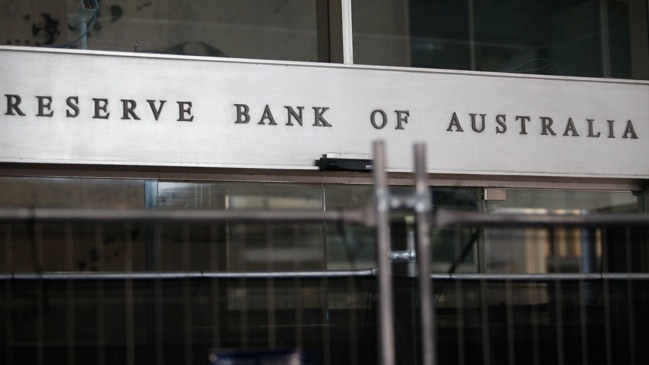
Australian mortgage holders have been spared another interest rate hike for now, but the Reserve Bank has warned it would do what is “necessary” to get inflation under control.
The RBA board on Tuesday decided to hold the official cash rate steady at 4.35 per cent – where it has been since November last year – following its two-day August meeting.
RBA governor Michele Bullock told a press conference the board had considered both a hike in the cash rate and keeping it on hold – but did not discuss a cut, which she said was not “on the agenda” for the near term.
She said the board did not expect to be able to cut rates for at least the next six months, but warned another rise would occur if inflation did not return to the target band of 2-3 per cent.
“If it does appear that inflation is not tracking the way we are forecasting, then the board will, if needed, increase the cash rate,” Ms Bullock said.
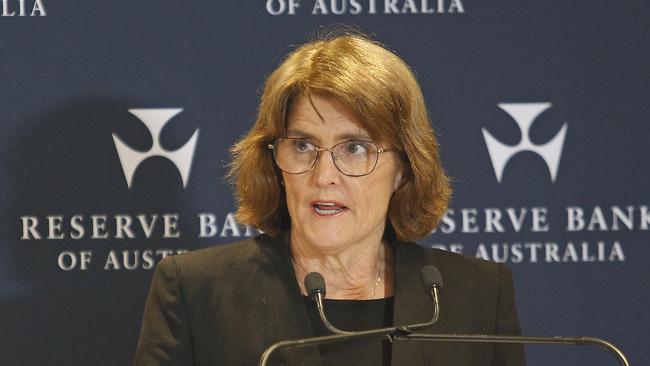
She said a rate rise had been “a very serious consideration” for the board at its two-day meeting.
“There were only two things on the table – hold and hold, accepting that we might have to hold for some time – or raise,” she said.
“I think the board felt that the risks associated with raising at this point, as opposed to holding where we are and just staying where we are, warranted the second alternative, which is what we did.”
She said the board was still pursuing “the narrow path” to ensure inflation can return to the sustained 2-3 per cent target range without pushing the economy down and people losing jobs.
“Many people are doing it tough and we’re very conscious of that,” she said.
“But really the best thing we can do is to bring inflation back down to target, because we can’t let inflation get away. It hurts everyone.
“It particularly hurts people on lower incomes. This is why we need to stay the course.”
But she said the board did not expect the Australian economy to slip into a recession.
The board would be watching developments in the global economy and financial markets, trends in domestic demand, and the outlook for inflation and the labour market.
“The board remains resolute in its determination to return inflation to target and will do what is necessary to achieve that outcome.”
Meanwhile, the RBA’s updated internal forecasts show a sustainable return to the mid-point of the target inflation range would be pushed back.
In August’s Statement of Monetary Policy, the Consumer Price Index is forecasted to just skim into the RBA’s target range of 3 per cent by December this year, before it drops further to 2.8 per cent by June 2025.
This would temporarily return inflation to the RBA’s target range of 2 to 3 per cent.
However the brief victory will be short-lived with the rate increasing to 3.7 per cent in December 2025.
It is then forecast to continue to decrease to 3.2 per cent in June 2026 before finally steadying in the mid-point in late 2026.

Reaction to the latest rate decision
Most economists believed last week’s steady consumer price index data was enough to allow the RBA to keep the official cash rate on hold.
Although the June quarter inflation figure of 3.8 per cent was still above the RBA’s target of 2-3 per cent, it did not rise as much as expected.
However the all-important underlying inflation figure, or the trimmed mean which excludes larger price movements, dropped from 4 per cent to 3.9 per cent.
Treasurer Jim Chalmers welcomed the decision, saying Australians were “doing it tough enough already” and gave credit to government policies for making “substantial progress on inflation” though it was more stubborn than he wanted it to be.
“This decision is welcome because it recognises the progress that we’ve made on underlying inflation, the softness in our economy, and also that very substantial global economic uncertainty that we’re seeing play out in markets around the world,” he told reporters in Brisbane.
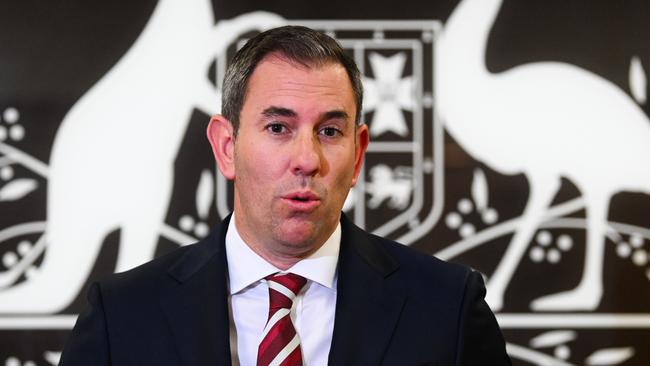
He said the turmoil on global sharemarkets, triggered by weak jobs growth in the US, was being closely watched and warned Australia was not immune from the international issues.
“We have seen some really significant volatility in those markets in recent days, and our own markets have been impacted as a consequence.”
Ms Bullock said the government’s $300 energy bill rebate would have minimal effect on consumer spending, “maybe a cup of coffee a week”.
“I don’t think it’s hugely significant. I mean, $300, $75 a quarter. Maybe it’s one cup of coffee a week,” she said.
“I don’t think that it’s going to be that significant in terms of consumption outcomes, that it’s going to change our forecast.”
The RBA on Tuesday also released its latest economic forecasts, including for inflation, which will take in the $300 energy bill rebate for all households the Albanese government announced in its May budget.
The Albanese government is heavily invested in inflation and interest rates falling as it prepares for an election by May next year.
Treasury in the May budget forecast inflation to fall to 2.75 per by Christmas, well below the RBA’s forecast of 3.1 per cent from May.
Mr Chalmers has said the rebate – to be spread across the four quarters of this financial year – would put downward pressure on inflation.
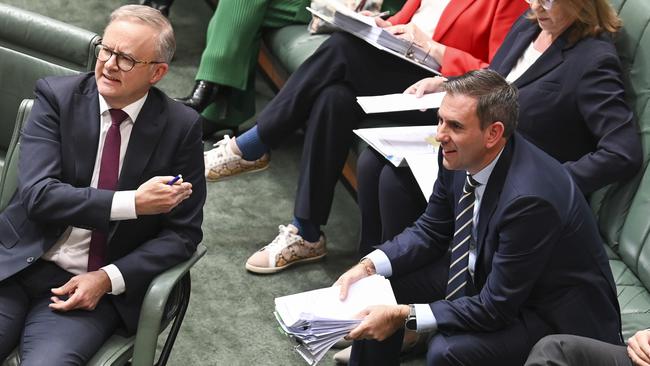
Shadow treasurer Angus Taylor said spending under the Albanese government was continuing to “fuel inflation”.
“It’s clear inflation is running the economy, not the government,” he told reporters.
“There is an alternative way forward and that is getting back to basics.”
Back to basics meant not spending more than the government earned, Mr Taylor said.
But Mr Taylor did not detail how a Coalition government would achieve that.
Deloitte Access Economics partner Stephen Smith said the RBA had made “the correct” decision as economic growth and jobs data showed a slowing in the economy.
“This is an economy navigating a delicate rebalancing,” Mr Smith said.
“In that context, trying to force inflation down faster by raising rates even higher would interrupt this rebalancing and push the economy into an official recession.
“It would also be an incredibly ineffectual move as factors most heavily contributing to inflation like rent and insurance costs cannot be directly suppressed through rate rises.
“Nobody likes the fact that inflation remains just outside of the RBA’s target band. But it is better than a recession.”
Harvey Bradley, portfolio manager at Insight Investment, said they expected the RBA to keep the cash rate on hold for at least six months.
“They won’t want the market to perceive either a dovish or hawkish bias at this point,” he said.
Sean Langcake, head of macroeconomic forecasting for Oxford Economics Australia, said households would “need to be patient” for interest rate relief.
“The RBA’s forecasts are projecting a more volatile path for inflation due to the impact of government policies announced in the last budget,” Mr Langcake said.
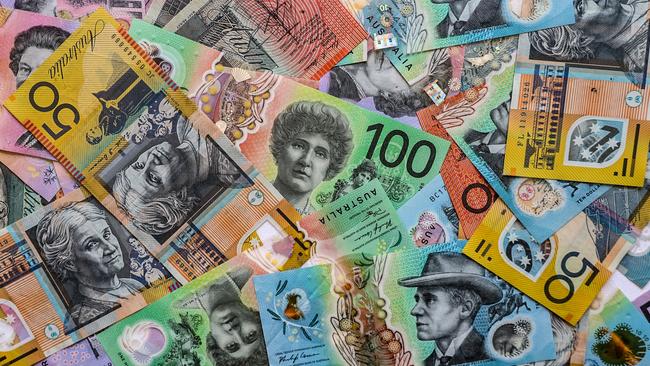
“Interestingly, underlying inflation is now expected to chart a slower course back to the midpoint of the target range.
“But this outlook has not stirred the RBA to action this month. Indeed, this outlook is tempered by a slightly weaker outlook for the labour market than the one presented in the May forecasts.
“We think the economy is now out of the ‘danger zone’ where further rate hikes were possible. But, households will need to be patient in waiting for interest rate relief. The economy is slowing, but spare capacity is scarce. We do not expect the first rate cut to come until early 2025.”
The official interest rate of 4.35 per cent is the highest in 12 years and has caused mortgage stress for many households facing cost of living pressures.
Stressed borrowers who bought right before the rate rises started in 2022 at the top of their budget were dangerously close to breaking point, new research from Australia’s biggest financial comparison site, Canstar, said.

A dual-income couple earning a combined average income of $184,060, who maxed out their borrowing capacity and purchased a home in early 2022, could now be contributing approximately 43.90 per cent of their before-tax income to repayments.
“With the big banks predicting no rate cuts before November at the earliest and most pessimistically May 2025, many borrowers will be living in stress for quite some time,” Canstar’s finance expert Steve Mickenbecker said.
“Even then, one rate cut will only move many mortgage holders from dire stress to deep stress.”
With the big four banks still forecasting the next rate move being a rate cut, a reduction of 0.25 per cent could cut current repayments on a $600,000 loan by $101 to $3984 per month. But an unexpected rise of 0.25 per cent would add another $102 and see monthly repayments on a $600,000 loan reach $4187.




